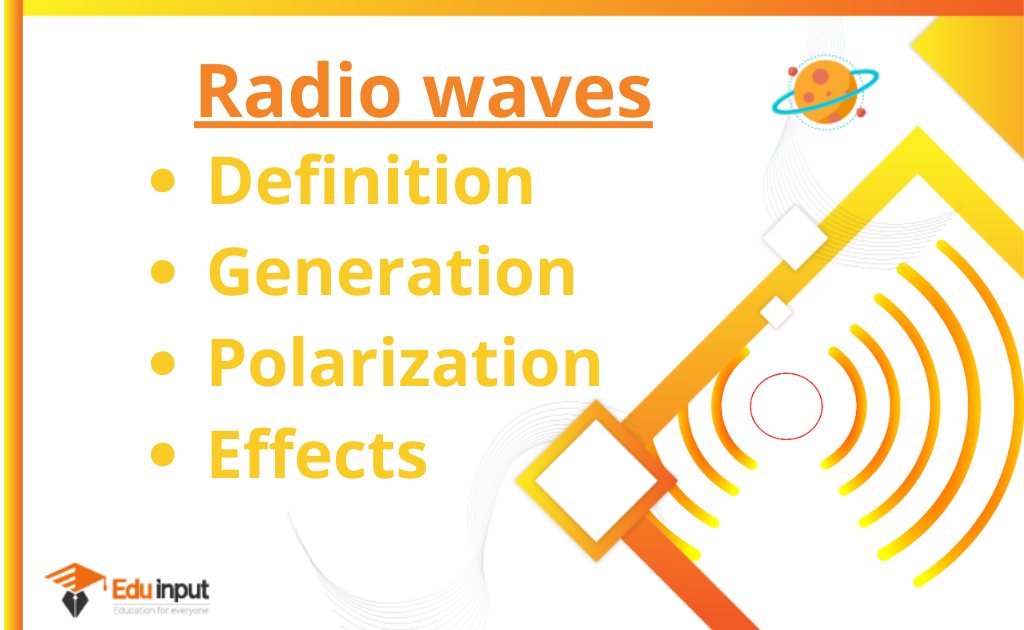What is Amplitude Modulation?-Definition, Types, Methods, And Applications
Amplitude modulation is the process of changing the amplitude of a wave signal. It is sometimes referred to as AM and is used to transmit information through a radio carrier wave.
What is amplitude modulation?
Amplitude modulation or just AM is one of the earliest methods used to transmit information over the radio. The technique was developed in the 20th century, at a time when Landell de Moura and Reginald Fessenden were conducting experiments using a radiotelephone.
The technique for establishing and using electronic communication was established after successful attempts. A type of modulation where the carrier wave’s amplitude is varied in some proportion with respect to the data or signal is known as amplitude modulation.
There is a variation in the carrier’s amplitude when the machine is used with amplitude modulation. The power level of the information signal can have an effect on the carrier’s amplitude. The carrier does not change during the day.
The data is composed of signal components that are either higher or lower than the carrier’s frequencies. The signal components are referred to as sidebands and the sideband power is responsible for the variations in the overall signal.
The AM technique is different from Frequency Modulation and Phase Modulation in that the frequencies of the carrier signal are different in the first and second case, respectively.
Types of Amplitude Modulation
There are three main types of amplitude modulation.
- Double sideband-suppressed carrier modulation (DSB-SC).
- Single Sideband Modulation (SSB).
- Vestigial Sideband Modulation (VSB).
Modulation methods
Modulation circuit designs can either be classified as low- or high-level depending on whether they modify in a low-power domain or in the high-power domain of the transmitted signal.
Low-level generation
Digital signal processing (DSP) is used in modern radio systems to generate signals. Many types of AM are possible with software control, including DSB with the carrier, suppressed SSB carrier, and independent sideband.
A digital-to-analog converter is used to convert the digital samples to the desired RF output frequencies. The low-level method for AM uses linear amplification to amplify the signal to the desired frequencies and power levels.
High-level generation
High-power AM transmitters (such as those used for AM broadcasting) are based on high-efficiency class-D and class-E power amplifier stages and modulated by varying the supply voltage. Similar options are available with transistors, but the following types are used for vacuum tube transmitters.
Applications of Amplitude Modulation
Over the years, the use of amplitude modulation has decreased, but it is still being used in certain transmission areas. Below is where we will look at them.
- Broadcast Transmissions:
- Broadcasting over the short, medium and long wavebands is done with AM. Since AM is very easy to demodulate, it’s cheaper to make radio receivers for amplitude modulation.
- Air-band radio:
- AM is used in transmissions for many airborne applications such as ground-to-air radio communications or two-way radio links for ground staff personnel.
- Single sideband:
- AM uses a lower bandwidth and provides more effective use of the transmitted power in this form.
- Quadrature amplitude modulation: AM is used in a variety of ways, including short-range wireless links, to transmit data.







Leave a Reply